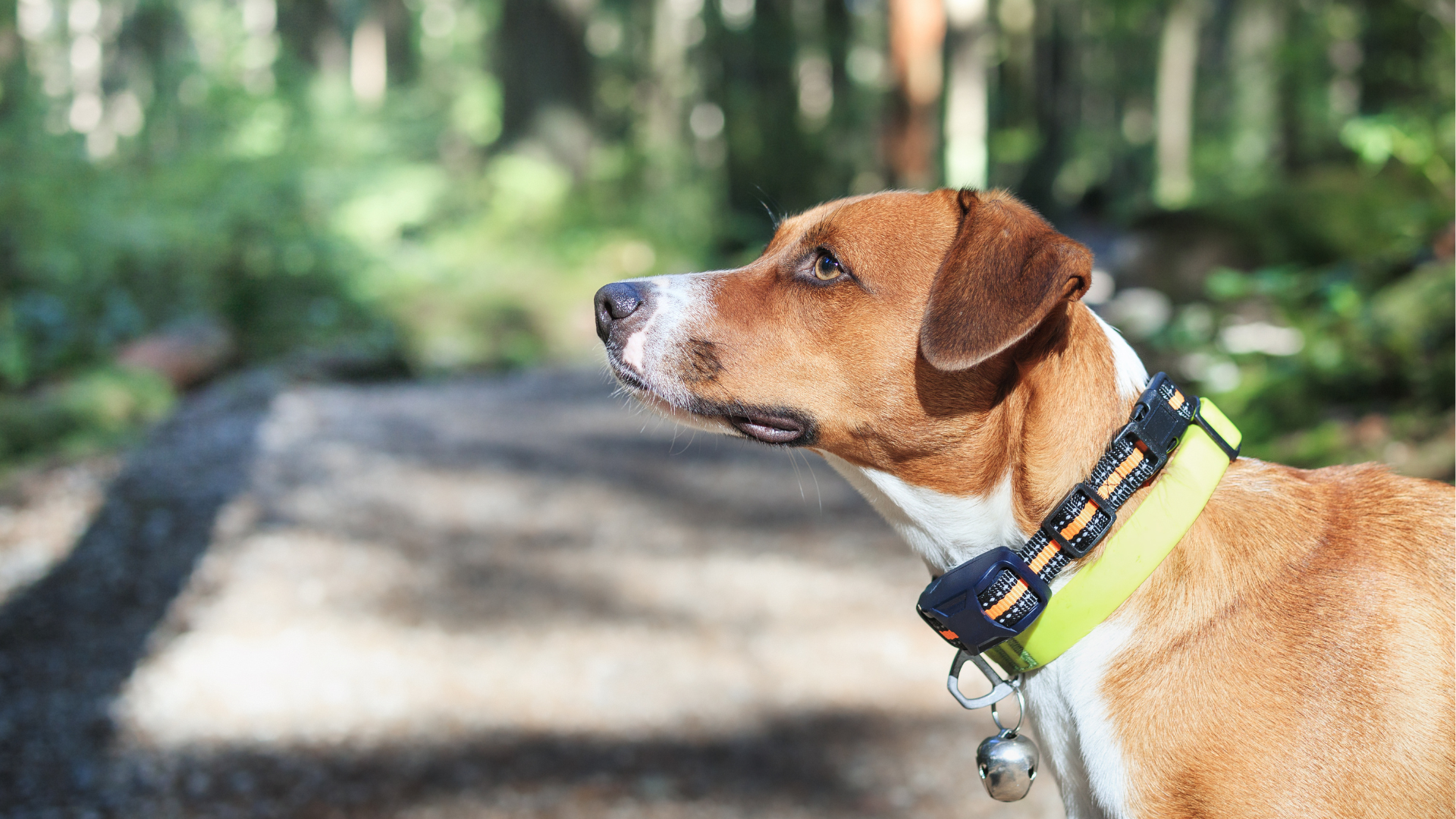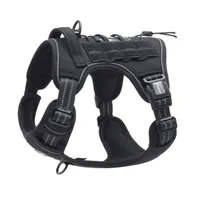Are shock collars cruel? Behaviorist explains why you shouldn’t use them (plus 4 ethical alternatives)
An expert answers, 'Are shock collars cruel?'

Are shock collars cruel? I am a qualified dog behaviorist and have no issues expressing that shock collars are cruel. In this feature, I will explain my reasoning.
I once sat next to a woman in a dog agility class who continually and inappropriately zapped her dog's shock collar. It was before I trained as a dog behaviorist, but I felt sick as I watched the poor dog getting random shocks.
The dog learned nothing from the experience because the owner gave him no options for a behavioral change. It would have been better if he wore a best dog harness than a shock collar.
I teach dog owners to shape their furry friend's behavior with classical conditioning, learning by association and positive reinforcement for dogs. I always remember during my training my teacher saying, "You cannot teach a dog what NOT to do. You can only teach it what to do."
With aggression or reactivity in dogs, we must help them manage their behavior, but aversive methods may compound the problem. This feature will help you understand why shock collars are cruel and suggest ethical alternatives. You might also be wondering, 'Are prong collars cruel? which we've answered in another guide.
Are shock collars cruel?
When training a dog, timing is everything because it's possible to reward bad behavior inadvertently.
My reactive dog, Poppy, was fearful because her owner didn't socialize her during the early critical fear periods.
Get the best advice, tips and top tech for your beloved Pets
Here are my reasons for not using a shock collar.
- Positive reinforcement works better than a shock collar: Humane methods help build the bond between you and your pup.
- A shock collar can harm your dog: It can cause high stress levels, elevated heart rate and burns to your dog's skin, especially in thin-skinned breeds like whippets. In addition, the psychological damage can prove irreversible, and the negative behavior may turn into aggression in dogs.
- Canine experts advise against using shock collars: Humane organizations and vet associations worldwide discourage aversive training methods like shock collars.
- There are better ways to rehabilitate your pup: Though undesirable behaviors like incessant barking, reactivity, aggression, and poor recall may be frustrating to dog owners, a shock collar isn’t the answer. Instead, book a health check with your vet to rule out physical issues. After that, seek a recommendation for a reward-based dog behaviorist.
- You love your dog: Building a bond with your doggy pal is one of the best experiences. Your pup learns to trust that you take care of his well-being. With associative learning, it is easy for your dog to assume YOU are causing his pain if he is near you when he receives a shock from the collar. That may lead your dog to avoid you, run away, or become aggressive towards you.

What to use instead of a shock collar
There are so many alternatives to using a shock collar. As a dog behaviorist, my recommendation is to lead with positive reinforcement. Teach your dog what you want from him with reward-based behavior.
Positive reinforcement leads to a better bond and builds trust with your pup. The following list offers kinder alternatives.
1. Negative reinforcement
Negative reinforcement is not punishment. Here's an example of negative reinforcement.
Sally, a two-year-old vizsla, was hyperactive and restless in the home. After observing for a while, I noticed that her owners stroked or spoke to Sally whenever she wanted attention.
I suggested that Sally's pet parents withdraw their attention by not touching, speaking, or looking at her. Within ten minutes, Sally lay under the table, sighed loudly, and fell asleep, much to the astonishment of her pet parents.
Withdrawing attention was the negative reinforcement, which allowed Sally to regulate her behavior without aversive training techniques.
2. Behavioral management strategies
If your dog has behaviors, such as lunging and barking at other dogs, create a management strategy. Initially, avoid visiting areas with lots of dogs. After that, when you see a dog, turn and walk the other way before your pup reacts.
In time, this management technique helps to shorten the distance between your dog and the thing that triggers your furry friend's behavior.
Practice quickly changing direction in a quiet environment. Use a happy voice, and give him the best dog treats when he turns with you.
This exercise gradually reduced my Poppy's trigger distance from 300' to being comfortable with dogs and people close to us.
Use similar behavior principles for all unwelcome behaviors.

3. Redirect the behavior
Teach your woofer alternative behaviors. If your pup is chewing your slipper, encourage him to accept a chew instead. Reward your doggy pal when he drops the slipper.
An example is an excitable collie I worked with recently. This young pup had low impulse control and jumped over people sitting on the settee. Cali loved her ball and barked to make you throw it, which the owner did to "shut her up."
My redirection was to hold the ball and wait. I said no words. People speak far too much when training their pups, so be patient. The dog will try to figure out how to get the reward.
When Cali stopped barking, I threw the ball. Once she understood that exercise, I waited for her to sit. The redirect was for Cali to sit and not bark for her to get the reward (the ball throw).
It took about ten minutes to redirect that behavior, and Cali learned to regulate her impulsivity. With practice, the new behavior will eventually become a habit.
4. Citronella or vibration collars
If you have a dog that barks incessantly, a citronella collar sprays a short burst of citronella triggered by the sound. Dogs dislike the strong smell and the hissing as the spray releases. I'm not a massive fan of these collars, but they work for some dogs.
Vibration collars can be handy for deaf dogs. Instead of a shock, these collars vibrate to catch your dog's attention. Although these collars don’t cause physical pain, they are aversive methods, and I recommend working with positive, reward-based training to modify behavioral issues.
If you want more training tips for your pup, you might enjoy our features on choosing a harness vs collar and discover why your dog hates their harness. We've also answered, 'Are harnesses bad for dogs?'

Jan is a dog behaviorist and writer living in the Cotswolds, UK. She qualified as a dog behaviorist in 2012 after training with Sarah Whitehead, a Certified Clinical Animal Behaviorist with a MSc in Animal Behavior. Jan has shared her life with dogs for over fifty years and is fascinated by behavior. She enjoys helping people better understand their dogs to develop a deep bond and enjoy time together. Jan particularly enjoys working with impulsive and reactive dogs as her legacy from helping Poppy, her rescue Weimaraner cross overcome fear reactivity.

